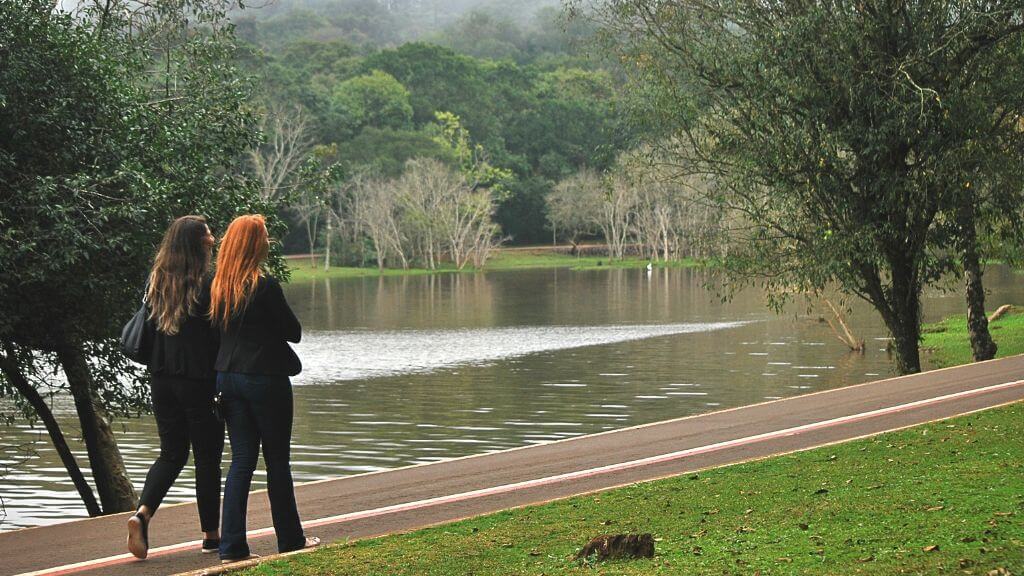What We Can Learn About Living From the World's Healthiest Countries
7 minute read
The World’s Healthiest Countries have been named by Bloomberg, and it’s time to be inspired by their life expectancy, environment, access to clean water, obesity statistics, and more.
Short of moving to these countries and assimilating into their culture and way of life, you can still learn from them and reap some of those benefits.
There’s an overarching theme when it comes to the healthiest countries. Most of them share a diet that focuses on fish, veggies, good fats, and an active lifestyle that relies heavily on outdoor activities. Take a closer look for deeper inspiration.
A Healthy Diet
If you’ve heard about the Mediterranean diet, then you’ll be familiar with the way people in Spain, Italy, and Israel eat. The Mediterranean diet is touted as a heart-healthy diet by the Mayo Clinic, and there’s a good reason for that.

This diet is not a trendy diet designed for people who want to lose weight fast, like the Atkins diet or South Beach diet, rather it is a lifestyle with the following characteristics:
♦ Fruits and vegetables play a large role
♦ Healthy fats replace butter
♦ Herbs are used for flavor rather than salt
♦ Fish and poultry are common proteins
♦ Red meat is eaten in very limited amounts
♦ Meals are a social event and shared with family and friends
♦ Red wine is consumed in moderation
While a Japanese diet and a Mediterranean one are very different, the ingredients aren’t all that far apart. Japanese cuisine also puts the focus on vegetables and fruits, fresh fish, and grains. Similarly, the Nordic diets of Iceland and Norway focus on the same food categories.
This means that a majority of the 10 healthiest countries have diets that put more importance on fruits and vegetables than on proteins. When these diets do use proteins, they opt for white meats or fish over red meat. Their diets also lean toward healthy fats and oils rather than butter.
If you’re serious about being healthier and learning from these other countries, this is a change you can begin at your next meal.

Active Lifestyles, Exercise, and Transportation
You’ve heard it before, and the one-two punch of diet and exercise should come as no surprise. While a large part of a healthy lifestyle comes from diet, the other part comes from exercise or the activities you do.
Here’s an interesting fact, a report came out several years ago listing the fastest pedestrians in the world by country, the results put Singapore at the top of the list with Spain in third place. While the speed at which you walk may not determine your health, the amount of exercise you get could.
Switzerland and Sweden put a focus on walking and biking as a form of transportation, meaning that biking and walking beyond exercise are a way of life and mobility.
Australia shines as an example of fitness. With acres of coastal beaches and some of the best surfing in the world, Australians are all about aquatic exercise. But it goes beyond the water, the fitness scene in Australia is a booming business and becoming a world leader in the industry.
The Great Outdoors
Getting outside and enjoying nature through physical activities, or simply relaxing and spending time being in the moment has huge health benefits.

| Related: What Is Earthing and How Does It Work |
Consider this, an article in Science News highlighted a report that found that exposure to nature or green spaces can reduce the risk of type 2 diabetes, cardiovascular disease, premature death, preterm birth, stress, and high blood pressure. The more green space in your country, the better the overall health is of that nation.
In Japan, forest bathing has become a popular trend. This practice doesn’t require strength or athletic prowess, it’s simply the act of going into a forest and taking in the atmosphere in order to feel calm, rejuvenated, and restored.
You might automatically assume that this time outside is great for your mental and emotional well-being as it gives you time to relax, breathe deeply, and be contemplative. You’d be right, but there’s more. Exposure to nature is also exposure to a variety of bacteria that benefits the immune system, and this alone can reduce inflammation.
Not only that, but there are volatile aromatic substances, called phytoncides, that are released from plants and trees to protect them from invading substances. Breathing in these phytoncides has been proven to decrease stress hormone levels and boost the cell activity that actively works to protect your body.

The Bottom Line
If you’re looking for a healthier way to live, the 10 healthiest countries in the world might provide you with the inspiration you need. These countries: Spain, Italy, Iceland, Japan, Switzerland, Sweden, Australia, Singapore, Norway, and Israel all have long lifespans, enjoy great health, have less obesity and tobacco use, and have access to clean water.
The secret to their success lies largely in three areas: diet, exercise, and regular motility, and exposure to nature. None of this should be a surprise, as it’s common knowledge that diet and exercise play a very important role in health, happiness, and longevity.
The idea that spending time in nature boosts your health and happiness has been around for a long time, but it tends to exhibit more “trend-like” acceptance and popularity. With more scientific data coming in regularly supporting many different benefits to spending time in nature, this may signal an extended era of appreciation for nature.
To begin your path toward a healthier lifestyle, start with a small change in diet, and make time to go for a walk after dinner. Once this has become a part of your daily routine, begin adding more time in nature, physical activity, and evolving your diet to focus more on the Mediterranean or Japanese food principles and less on western practices.
In time, you’ll begin to see a shift in your health and happiness, too.












